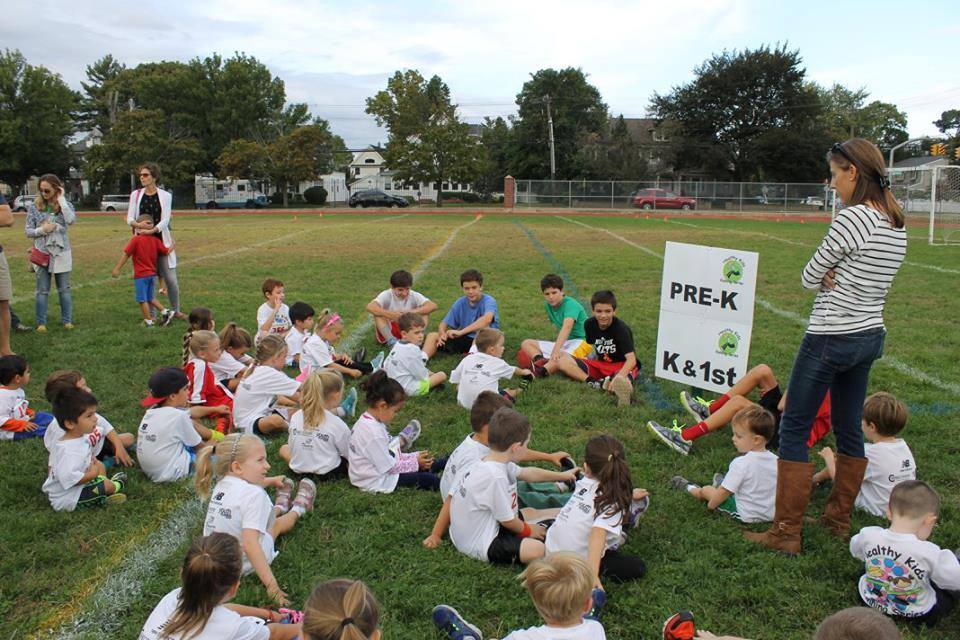
Time out is a parenting technique to encourage children to stop doing things that you don’t want them to do. When your child misbehaves, you can calmly remove your child from the activity and put them in time out. Your child usually will stop doing the behavior to avoid going into time out. Time out is mostly effective with children, ages 2 to 12 years old.
Time out removes your child from the behavior. It gives you and your child time to calm down and get control over yourself. Children in time out also have time to think about what they did.
Choose a place ahead of time. Make sure it is a boring spot away from the TV and toys. It should not be a place that is dark or scary. If your children are young, make sure you can see them. Some places that might work include:
- A chair in the hallway
- The corner of the room
- The bedroom
- A crib
When children misbehave, give them a warning to stop. Tell them, “No hitting. That hurts. If you don’t stop hitting, you will have a time out.”
- When children stop misbehaving, praise them for controlling their behavior.
- When children do not stop misbehaving, tell them to go in time out. Only say it once: “Hitting hurts. You need a time out.”
Be clear and calm. Do not lose your temper. When you yell and nag, you give your children’s bad behavior too much attention.
Some children may go into time out as soon as you tell them to. When children do not go on their own, lead them or carry them to the time out spot. Do not yell or spank on the way to time out.
Put your child in time out for 1 minute per year of age, but no longer than 5 minutes. For example, if your child is 3 years old, time out is for 3 minutes.
Older children can be told they are in time out until they are ready to return to their activity and behave. Because they decide when they are ready, they learn to control their behavior.
If your children do not stay in their time out spots, gently hold them there. Do not talk to them or give them any attention.
If you set a timer and your child makes noise or misbehaves in time out, reset the timer. If the child wonders out of time out, lead the child back to the spot and reset the timer. The child must be quiet and well-behaved until the timer goes off.
When the time out is over, let children return to their activities. Do not lecture about the bad behavior. Children eventually get the message with the time out.
This post comes from MedlinePlus and the National Institutes of Health. For more information, visit: https://www.nlm.nih.gov/medlineplus/ency/patientinstructions/000756.htm





